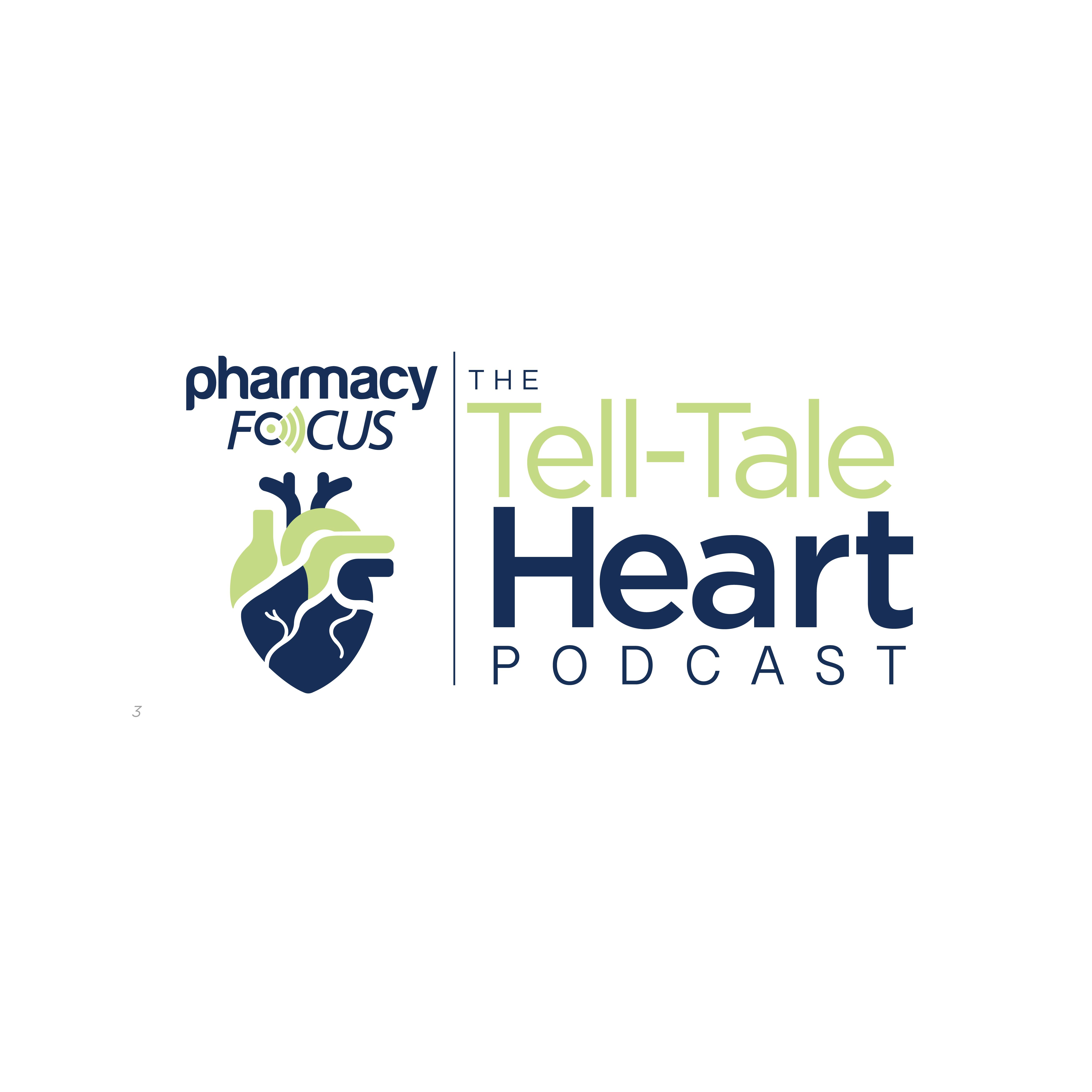News
Article
Ranibizumab Injection Delivered Through Port Delivery Platform Is FDA Approved as Continuous Delivery Treatment for DME
Author(s):
Key Takeaways
- Ranibizumab via PDP offers a continuous treatment for DME, reducing treatment frequency compared to standard care, and is FDA-approved.
- DME, a major cause of vision loss in diabetics, results from blood vessel damage due to high blood sugar.
Diabetic macular edema (DME) is the leading cause of new blindness in the US.
Ranibizumab injection (Susvimo; Roche) 100 mg/mL administered through a port delivery platform (PDP) became the first and only FDA-approved continuous treatment to maintain vision in patients with diabetic macular edema (DME) with fewer treatments than the standard of care, offering patients an alternative to regular eye injections.
Patient with diabetes experiencing vision loss | Image Credit: © SKT Studio - stock.adobe.com

DME is the leading cause of vision loss in patients with both type 1 and type 2 diabetes, impacting over 29 million adults around the world. In the United States, it is the primary cause of new blindness and may affect up to 10% of all patients with diabetes.1,2
DME is a result of blood vessel damage in the eye due to consistently high blood sugar. If left untreated, the damaged vessels can leak fluid into the center of the macula, the part of the eye responsible for sharp, straight-ahead vision. DME develops over time, leading to blurred vision, double vision, and a sudden increase in eye floaters. Patients with diabetes are recommended to have yearly vision exams to identify these symptoms and intervene promptly.2
Typical treatment options for DME include anti-vascular endothelial growth factor (anti-VEGF) and bispecific monoclonal antibodies (BsAbs), focal laser therapy, and corticosteroids. Treatment with anti-VEGF and BsAbs for DME involves an injection into the eye, or eye implant, typically performed by a retinal specialist. Patients are numbed for the procedure and typically feel slight pressure during the injection. This therapeutic option requires several injections over time, which can be time-consuming and uncomfortable for patients.2
Ranibizumab is a VEGF inhibitor that binds to and inhibits the VEGF-A protein, which has been shown to be crucial for the formation of new blood vessels and addressing leaking. It was originally approved in 2021 for neovascular (wet) age-related macular degeneration (nAMD).1
The novel ranibizumab continuous delivery treatment system combines a customized formulation of ranibizumab with a PDP, a refillable eye implant. Unlike traditional injections, which are typically administered monthly, the refillable device slowly releases ranibizumab over time, allowing for extended treatment intervals of up to 6 months. This offers patients a long-term, convenient alternative to frequent intravitreal injections.1
The FDA approval was based on data from the multicenter, randomized, active treatment-controlled, non-inferiority US-based phase 3 Pagoda study (NCT04108156) evaluating the efficacy, safety, and pharmacokinetics of PDP with ranibizumab refilled every 6 months compared with monthly ranibizumab 0.5 mg intravitreal injections. The trial involved 634 who were randomized 3:2 to receive either a port delivery platform with ranibizumab refilled every 6 months or monthly intravitreal ranibizumab injections. Patients who received the PDP were given 4 loading doses of intravitreal ranibizumab prior to implantation at week 16. The primary end point of the study is a change in best-corrected visual acuity score from baseline at the average of week 60 and week 64.1,3
Patients with DME who received ranibizumab refills every 6 months experienced vision improvements comparable to those receiving monthly 0.5 mg ranibizumab intravitreal injections, gaining an average of 9.6 eye chart letters—equivalent to approximately 2 additional lines—compared to 9.4 letters in the monthly injection group. Additionally, there were no concerning adverse events, and the safety was consistent with the known safety profile for ranibizumab.1
“I am excited to offer [ranibizumab injection] to my patients living with diabetic macular edema who want an option with longer intervals between treatments due to their busy personal and professional lives,” said Jordan Graff, MD, vitreoretinal surgeon, Barnet Dulaney Perkins Eye Center, Arizona, in a news release. “Having completed dozens of [port delivery platform with ranibizumab] surgeries in my patients with wet, or [nAMD], I’ve seen firsthand how [port delivery platform with ranibizumab], with its continuous delivery of medication, can help preserve vision with fewer treatments. I look forward to broadening [the port delivery platform with ranibizumab’s] impact to even more patients in my clinic.”1






